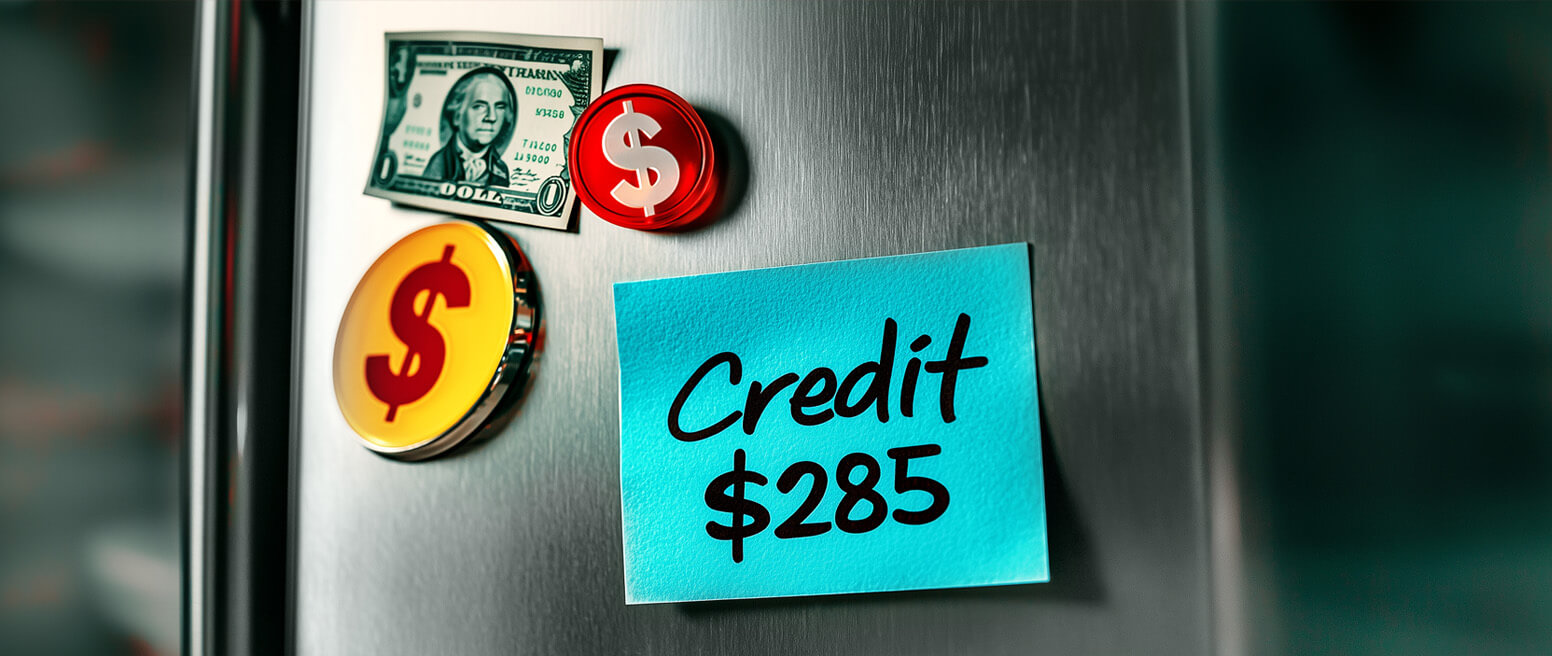How Much Are Chargebacks Costing Your Business?
“How much do chargebacks cost?” That’s one of the most common questions we get here at Chargebacks911. The answer can be more complicated than you probably expect, though.
It can be hard to calculate the financial impact of the total monthly chargeback issuances a business will face. That said, we can do a little bit of napkin math here to get a good impression of the total cost, and examine where those losses come from.
Recommended reading
- A Step-By-Step Guide to the Chargeback Process in 2024
- Provisional Credits: Here’s Everything You Need to Know.
- Here are the 7 Valid Reasons to Dispute a Charge
- Provisional Credit Reversal: Steps to Recover Lost Revenue
- Chargeback Reasons: 25 Reasons Why Customers File Disputes
- Chargeback Life Cycle: How Do Card Disputes Work in 2024?
Adding Up the Cost of Chargebacks
Why are chargeback costs rising? There are a few factors to consider.
These chargeback costs add up quickly. And, while merchants are on the hook for the biggest share of the losses, chargebacks will impact every party in the payments ecosystem:
The True Cost of Chargebacks
Chargeback costs for merchants extend far beyond the immediate loss of revenue from the transaction itself. In the next few sections, we’ll break down chargeback costs and explain them in more detail.
What are Chargebacks REALLY Costing You?
Annual Revenue Lost:
+ Chargeback Fees:
+ Admin Fees:
+ Cost of Goods & Shipping:
Total Annual Chargeback Cost:
Other Long-Term Chargeback Costs
We outlined some of the immediate chargeback costs above. However, there are some other, more long-term financial impacts to consider as well, including:
- Damaged Reputation: High rates of chargebacks can harm a merchant’s reputation. It signals to new potential customers that the business might be unreliable, or their goods might be poor quality.
- Relationships with Banks: Frequent chargebacks can strain relationships with banks and payment processors, possibly leading to more stringent contract terms or the loss of service.
- Slower Growth: Did you know that it takes 12 positive customer experiences to make up for one negative experience? The cumulative effect of increased costs, lost opportunities, and potential restrictions can hinder a merchant's ability to expand and grow.
- Capital Allocation: Payment processors may require high-risk merchants to keep a reserve fund to cover potential chargebacks. This fund is generally non-interest bearing and represents capital that is not available for other business uses.
- Getting MATCHed: Merchants with uncontrolled chargeback problems may see their bank account frozen or even canceled. If that happens, they may be blacklisted from getting another bank account.
The average American will tell 15 people about a poor customer service experience. So, even one or two chargebacks can have an exponential impact on merchant reputation and potential growth.
Taken together, these factors illustrate that the true cost of chargebacks is multifaceted, impacting not just the financial stability of a merchant but also their operational efficiency, growth potential, and business reputation. Managing these risks effectively is essential for maintaining a healthy, sustainable business.
5 Quick Tips to Reduce Chargeback Costs
Did you know that there are several basic practices you can adopt that might help prevent disputes and lower your chargeback costs?
It’s true. Limiting the amount of hidden drains you have built into your systems and practices is a wise best practice. From optimizing customer service to boosting fraud prevention, here are five simple ideas that can help you reduce the cost of chargebacks:
#1 | Be a Customer Service Pro
Avoiding merchant error is perhaps the hardest task you might face regarding chargebacks. But, ultimately, it can be the most rewarding. You can avoid many chargebacks by making it easier for customers to reach out to you. This means providing prompt, helpful responses to all phone, email, and social media inquiries, and making sure your contact information is easily visible.
#2 | Up-Front Policies Win
You don’t want any of your policies or practices to be viewed as an unpleasant surprise by customers. Be clear and up front with all policies, especially those related to fees or charges customers are likely to encounter. Tax, shipping and handling, and return policies should be clearly listed and recognizable to your customers.
#3 | Pay Attention to the Details
Your billing descriptors and other pertinent merchant information should be clearly identifiable to your customers. Many chargebacks are filed simply because merchants failed to include these identifying details, as cardholders are unable to recognize transactions and might suspect they’re fraudulent.
#4 | Fight Friendly Fraud
As we mentioned above, friendly fraud is one of the most common causes for chargebacks. It's also the trickiest, by far. You have to pay close attention to chargeback reason codes, keep excellent records, and respond quickly to false chargeback claims. This will allow you to fight back when appropriate through the representment process.
#5 | Know When to Ask for Help
Sometimes the difference between a high chargeback ratio and soaring chargeback costs is knowing when you need help. Chargeback management companies exist for this very reason, and it’s crucial for you to understand when in-house management is insufficient to your business’s needs.
Learn more about chargeback preventionIf it seems like it's getting harder to manage chargeback costs every year… that’s because it is.
When it comes to the true cost of chargebacks, prevention proves to be the best medicine. You can limit the hidden charges and aftereffects with careful practices and clever planning. Or, you can reach out to the experts and let them handle it for you.
With over a decade as a leader in the payments industry, Chargebacks911 is uniquely placed to help your business navigate the cost of chargebacks and save you time and revenue. Give us a call and learn how much you can save today.
FAQs
Do I get charged for a chargeback?
Cardholders are not charged for filing chargebacks. If you are a merchant, though, you typically get charged a fee for each chargeback, which covers the administrative costs incurred by the payment processor to handle the dispute. This fee is in addition to the loss of the transaction amount and any associated shipping costs.
What are high chargeback fees?
High chargeback fees refer to the increased costs that merchants face when their business experiences an excessive number of chargebacks. These fees include both the standard chargeback fees and additional penalties or higher processing fees imposed by payment processors due to the increased risk.
What are issuer chargeback fees?
Issuer chargeback fees are fees charged by the cardholder's bank (the issuer) to the merchant's bank (the acquirer) when a transaction is disputed and a chargeback occurs. These fees cover the administrative costs involved in processing the chargeback.
Why does a chargeback cost so much?
Each chargeback involves administrative fees, potential penalties, and the loss of the original transaction amount, plus additional costs like labor for dispute resolution and potential loss of goods. These costs accumulate as merchants manage and respond to each chargeback claim, adding financial and operational burdens.
How do I avoid chargeback fees?
To avoid chargeback fees, ensure clear communication about your products or services, maintain robust transaction records, and implement effective fraud prevention measures. Promptly address customer disputes and queries to resolve issues before they escalate into chargebacks.














